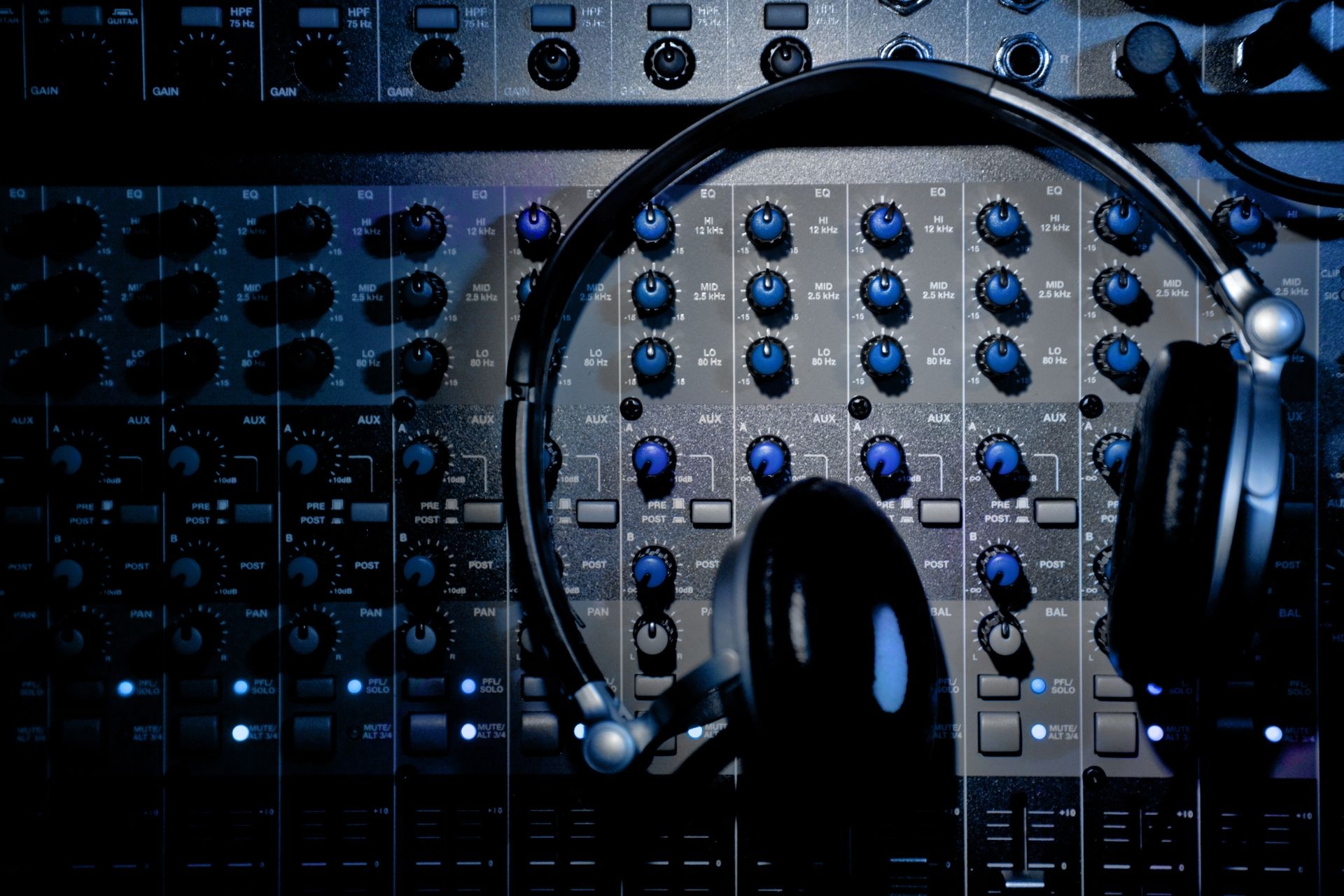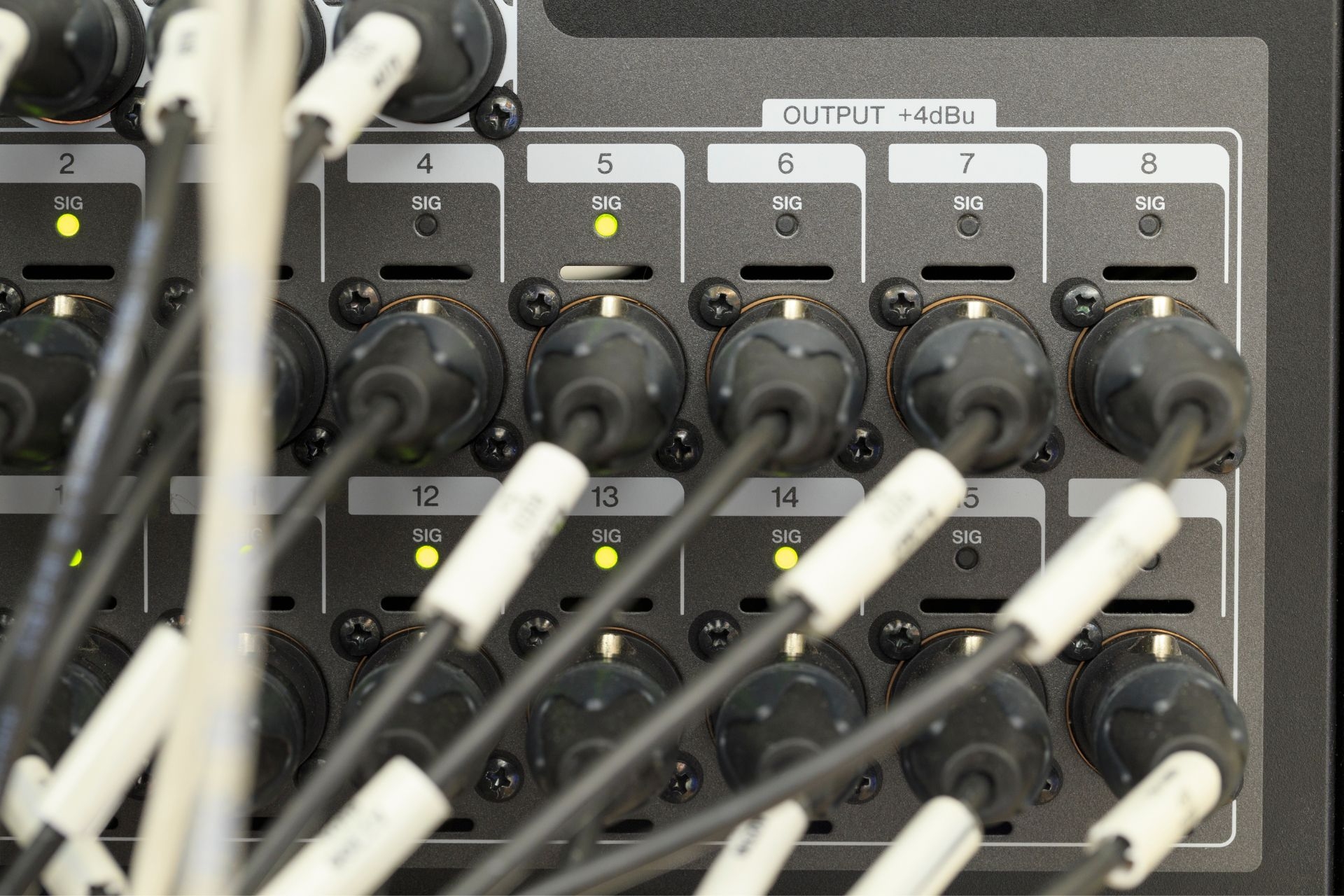Short-Time Fourier Transform (STFT)
How does the window function used in the Short-Time Fourier Transform affect the frequency resolution of the analysis?
The window function used in the Short-Time Fourier Transform plays a crucial role in determining the frequency resolution of the analysis. Different window functions, such as Hamming, Hanning, or Blackman, have varying effects on the spectral leakage and main lobe width of the resulting frequency spectrum. A narrower main lobe width in the frequency domain corresponds to better frequency resolution, allowing for the differentiation of closely spaced frequency components in the signal.



